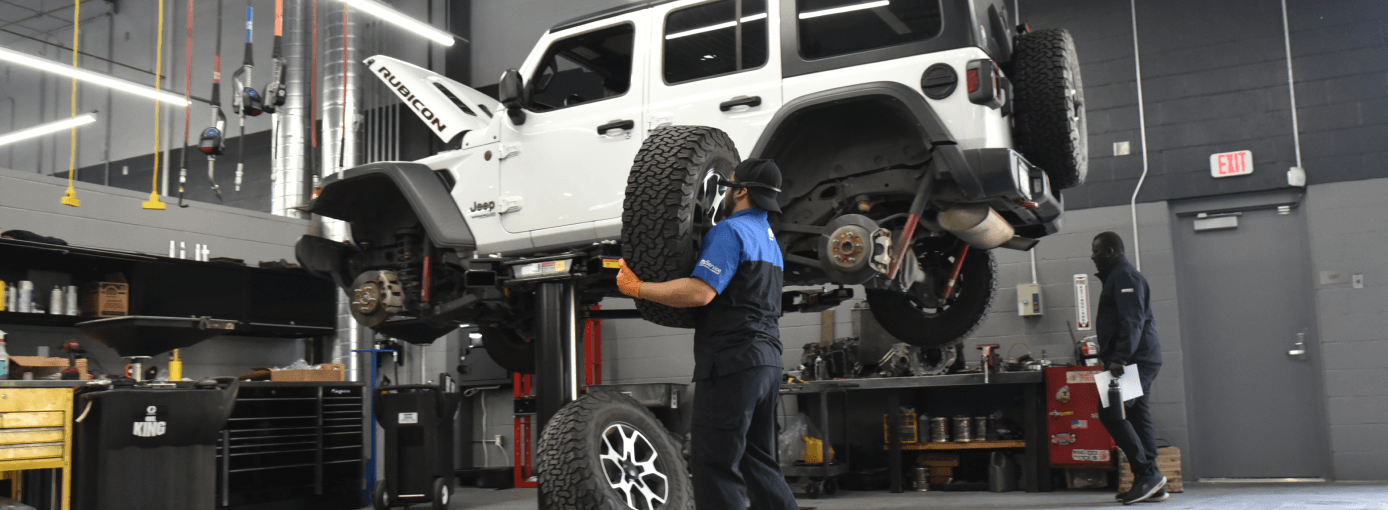Fall Tire Tips: Prepare Your Vehicle for Winter
As the leaves change and temperatures drop, it's essential to ensure your vehicle is ready for the winter months ahead. One of the most critical aspects of winter preparation is checking your tires. Proper tire maintenance can significantly impact your vehicle's performance, safety, and fuel efficiency during the colder months. In this guide, we’ll provide you with essential tips on whether you should replace your tires before winter hits.
Why Tire Condition Matters in Winter
The condition of your tires plays a crucial role in your vehicle's handling and safety during winter driving conditions. Worn-out tires can lead to decreased traction, longer stopping distances, and an increased risk of hydroplaning on wet or icy roads. It's vital to assess your tire tread depth and overall condition before the first snowfall. If your tires are showing signs of wear, it may be time to consider a replacement to ensure your safety and peace of mind on the road.
Signs It's Time to Replace Your Tires
There are several indicators that it may be time to replace your tires. Look for tread wear indicators, which are small bars of rubber that become visible when the tread is worn down to 2/32 of an inch. Additionally, if you notice any cracks, bulges, or punctures in the sidewalls, it's crucial to replace the tire immediately. Regularly inspecting your tires can help you catch these issues early and avoid potential accidents during winter driving.
The Benefits of Winter Tires
Winter tires are specifically designed to provide better traction and handling in cold, snowy, and icy conditions. Unlike all-season tires, winter tires remain flexible in low temperatures, allowing for improved grip on slippery surfaces. Investing in a set of winter tires can enhance your vehicle's performance and safety during the harsh winter months. If you frequently drive in snowy or icy conditions, consider making the switch to winter tires for optimal performance.
How to Maintain Your Tires This Fall
Maintaining your tires is essential for ensuring their longevity and performance. Regularly check your tire pressure, as it can drop with colder temperatures. Additionally, rotate your tires every 5,000 to 7,500 miles to promote even wear. Keeping your tires properly aligned can also prevent uneven wear and extend their lifespan. By following these maintenance tips, you can ensure your tires are ready to tackle whatever winter throws your way.
Schedule a Tire Inspection Today
Don’t wait until the first snow to check your tires. Schedule a tire inspection with our experienced technicians today. We’ll assess your tire condition, provide recommendations, and help you find the best tires for your vehicle and driving needs. Ensuring your tires are in top shape is a crucial step in preparing for winter driving.


